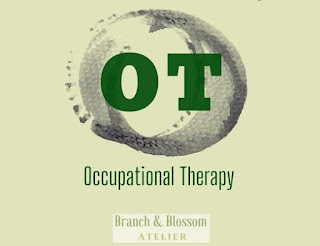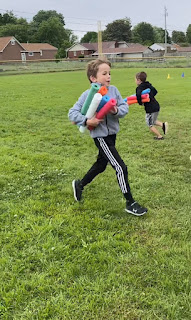In this episode of Dear Grownups, Jessica shares practical advice on helping children build friendships with peers with autism. Whether it's your child’s classmate, neighbor, or a new friend at the park, fostering inclusivity starts with understanding, patience, and kindness.
💡 Topics Covered:
Timestamps:
00:00 Building friendships with ALL peers
00:40 How to help children be a good play partner
01:41 Find out what the other child likes
02:12 Teach your child to use clear communication
02:56 Parallel play
03:26 Be flexible and adaptable
03:58 Get to know the child’s grownup
04:39 Always talk to the child
05:21 Point out the similarities
06:17 Special guest: A child’s perspective on making friends
🔗Links to resources: Some of the links in this description are affiliate links, which means I may earn a small commission at no extra cost to you. Thank you for supporting the channel!
Are you looking for printable visual supports you can use TODAY? Check out the Branch and Blossom Boutique: https://branchandblossomboutique.com/collections/digital-downloads
Sesame Street:
https://sesameworkshop.org/our-work/what-we-do/autism-initiative/
My Brother Otto by Meg Raby: https://amzn.to/42fRzpt
All my Stripes by Shaina Rudolph: https://amzn.to/3E5bG1t
Do You Want to Play? Making Friends with an Autistic Kid by Daniel Share-Strom: https://amzn.to/3RD04pv
A Day with No Words by Tiffany Hammond: https://amzn.to/3Y98fNZ
🔔 Subscribe to Dear Grownups for more expert parenting & teaching advice!
https://www.youtube.com/@DearGrownUps?sub_confirmation=1
📩 Got a question? Drop it in the comments or send it our way!
https://www.branchandblossomatelier.com/p/join-us.html
📢 Share this video with fellow parents and educators who could benefit.
#InclusionMatters #AutismAwareness #AutismAcceptance #PlayWithEveryone #ParentingTips #ChildDevelopment #DearGrownups
































